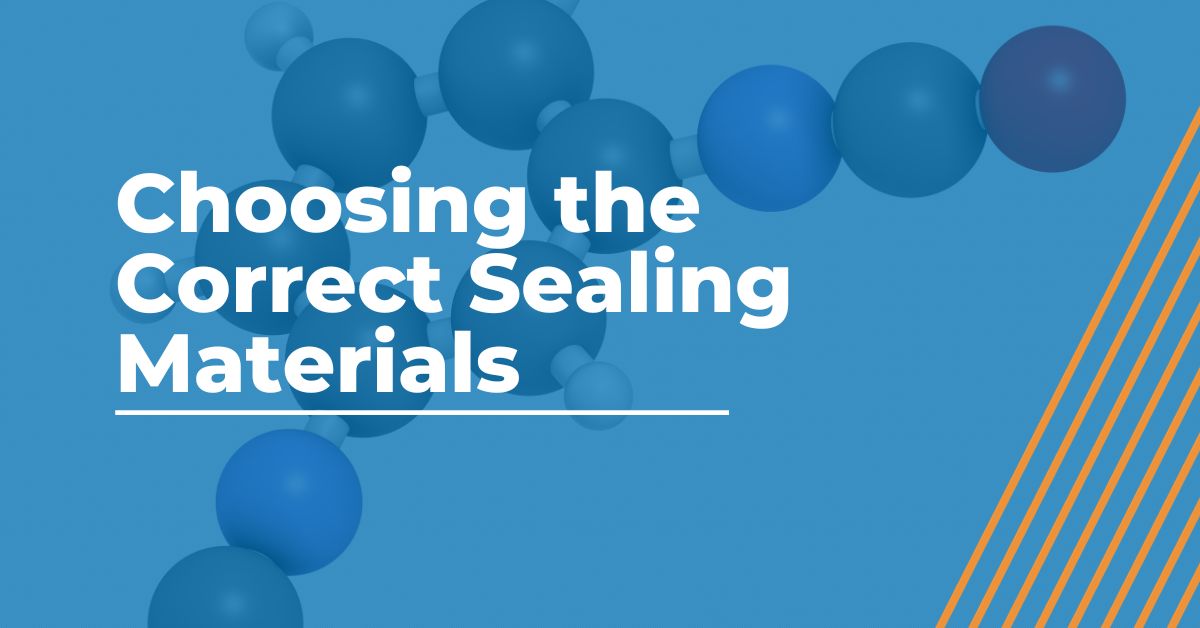
Selecting Seal Materials for Leak Testing Systems
Leak testing is a crucial step in the manufacturing of all types of products, especially medical devices. The outcome of this testing largely depends on the quality and compatibility of the seal materials. This is why selecting the right seal materials for leak testing is so important for your process, and needs to be considered carefully.
To help ensure your leak testing process is successful, we have compiled a list of popular seal materials, and some of their defining characteristics.
Types of Seal Materials for Leak Testing
- Standard urethane or polyurethane is one of the most popular seal materials for leak testing because of its versatility. This material is known for its flexibility and resistance to abrasion. When choosing this material, consider its chemical and temperature resistance. Standard urethane has resistance to common chemicals but is not as good as some other material options if you are handling devices that will come into contact with many substances. As for temperature, it has a moderate range, making it suitable for varying thermal conditions. Standard urethane is the golden standard of seal materials.
- Medical-grade urethane is another form of urethane that is FDA-approved for use in medical devices. While it has many of the same attributes as standard urethane, there are a few differences. One is that this material is considered biocompatible, meaning it is safe for contact with human tissues and bodily fluids. Medical-grade urethane is also designed to be used in medical scenarios, meaning it will have more resistance to chemicals such as cleaning agents. Because of the way this material was carefully designed for medical devices specifically, it is the most common seal material used in medical device manufacturing.
- Fiber-filled urethane is just what it sounds like, urethane filled with reinforcing fibers. The addition of fibers makes for a much higher tensile strength as well as compression resistance than standard urethane. The additional fibers give the urethane the ability to sustain through multiple cycles without losing its shape. The overall properties of this material make it suitable for the manufacturing of automotive parts and machinery.
- Rubberized urethane is similar to fiber-filled urethane and is another one of the popular seal materials for leak testing. It is urethane with the addition of a reinforcing material; in this case, rubber is incorporated. This material is a mixture of plastic and rubber, giving it many attributes of each. It offers the flexibility and elasticity of rubber, while maintaining the durability and versatility of standard urethane. Rubberized urethane is popular for use in seals and gaskets.
Need Help Choosing Seal Materials for Leak Testing?
As you can see, you have many options of seal materials for leak testing, and this list is by no means comprehensive. The good thing is, you don’t have to make this decision alone. If you still aren’t sure which material is best for you, contact us or book an appointment for some extra help in analyzing your options.
